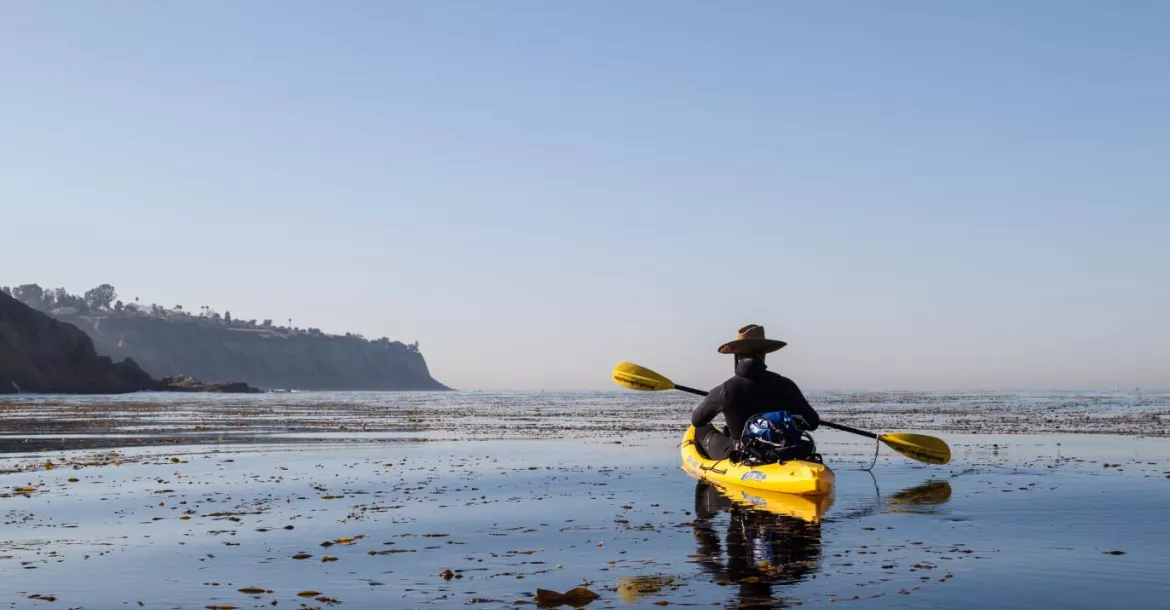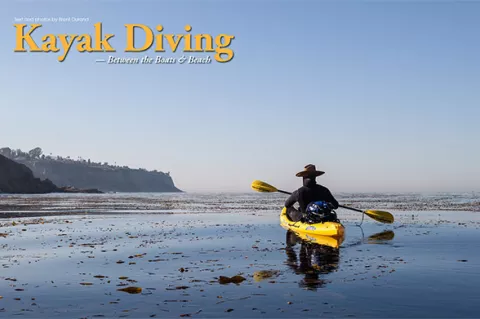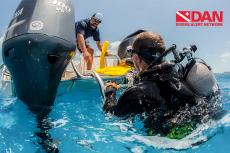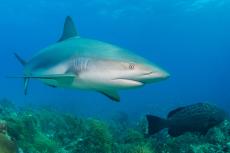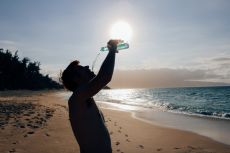
Kayak Diving: Between the Boats & Beach
The words “dive trip” are enough to make most divers start daydreaming of warm water, great visibility, thin wetsuits and talented guides who can find critter after critter. Change those words to “dive adventure” and you will find a small group of divers who immediately think of kayak diving.
Contributed by
Factfile
Brent Durand is a professional writer and photographer.
Follow his adventures at: BrentDurand.com.
Scuba diving from a kayak is the perfect way to access reefs that are not otherwise accessible from land. The sites may be situated under steep cliffs or too far offshore for a surface swim. These sites are only dived by infrequent kayak divers and the occasional private boat owner, so the reefs are healthy with little dive pressure (fishing is another story).
The best part of kayak diving is that you are on your own schedule, combining the peacefulness of gliding across the ocean surface with great exercise and the beauty of the underwater world. Dive times are not limited by an operator, there is never a crowd, and the marine life can be more inquisitive, which is a great thing for photographers. There is also nothing quite like spending your surface interval being lulled to sleep on a gently rolling kayak.
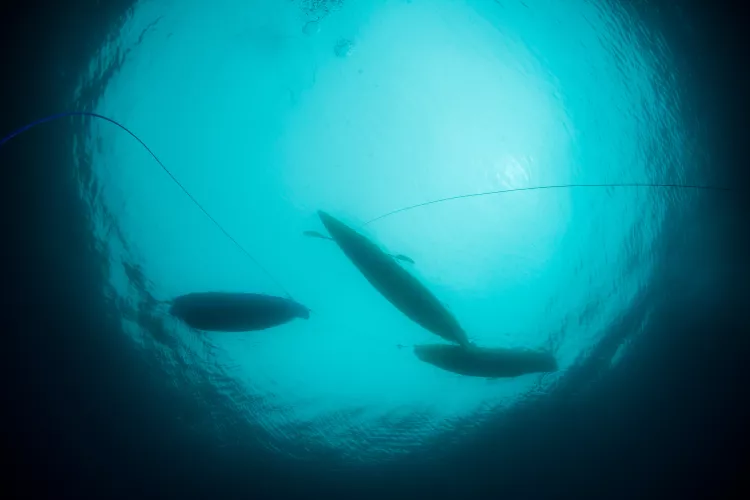
Preparing for a kayak dive is where the adventure begins. Divers need to pick a day with a minimal swell, monitor wind forecasts, select a calm entry and exit point, and create a detailed dive plan. Locating the dive site must also be considered, which could involve GPS, triangulation off coastal landmarks or simply paddling down the coastline looking for good dive site indicators. If the site is deep, then nitrox may be desirable.
Below are some things to consider before embarking on your first kayak dive adventure.
- Start out with experienced kayak divers. Seasoned kayak divers can show you all the tips and tricks, and maybe even share the location of a secret reef or two once you get to know them. They will also have expensive group safety gear like radios and GPS.
- Use a high-capacity tank. All the planning and paddling are much more worthwhile when you can spend more time underwater, so opt for a high-pressure 100 (12.9L) or ideally a 120 (15.3L) so that you can maximize bottom time.
- My buddies and I generally try to do two dives to take further advantage of the efforts, switching to a second fresh tank during the surface interval.
- Ensure all gear is secured firmly to the kayak. Kayaks are generally very stable, but there is always the chance you could flip over while paddling through surf or even while sliding into the kayak. I use a ratchet strap for BCD and tank, and then lines with clips to loop through mask, fins and other accessories.
- Don heavy gear in the water. Movement is limited on the kayak and moving around heavy gear makes the boat far less stable, so the best way to get your BCD and tank on is to inflate your BCD, clip it to the kayak, and roll it overboard. The gear is much easier to put on once you are in the water. When exiting, take off your BCD and clip it to the kayak, then use your fins to kick and slide into the kayak. Once situated, you can pull the BCD/tank aboard and secure the gear.
- Bring standard open water safety gear in case you do get separated from your kayak. This includes a large SMB and whistle. I also bring a reel to run from the kayak anchor to a recognizable portion of the reef or wreck.
Kayak diving is a great adventure and is sure to provide some great stories to share with your “dive trip” friends. ■
